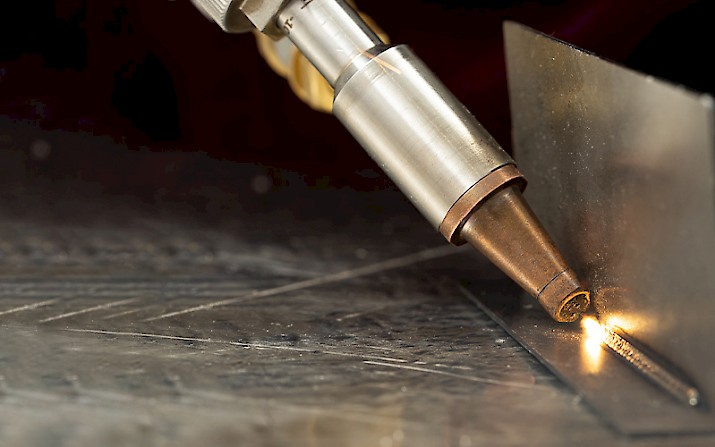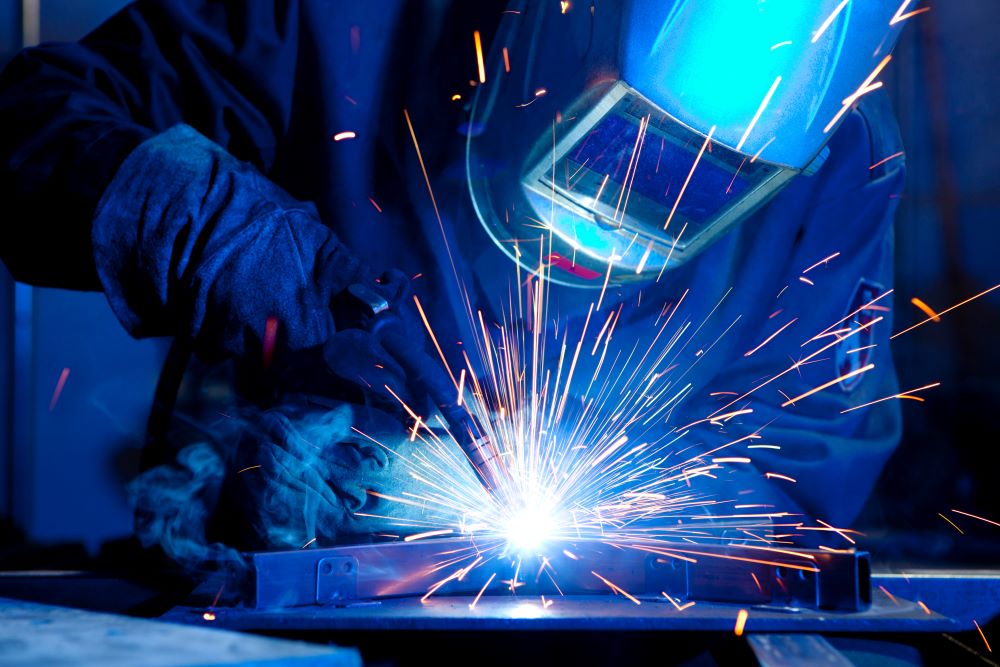The Importance of Welding WPS: Ensuring High Quality and Safety in Your Tasks
The Importance of Welding WPS: Ensuring High Quality and Safety in Your Tasks
Blog Article
The Ultimate Guide to Welding WPS Procedures: A Comprehensive Summary for Welders
In the elaborate globe of welding, Welding Treatment Specs (WPS) serve as the backbone of making sure high quality, uniformity, and safety and security in welding operations. Comprehending the nuances of developing, implementing, and checking WPS treatments is vital for welders aiming to boost their craft and meet market criteria. As we dig right into the various elements of a WPS and check out the complexities of qualification and accreditation, we will uncover the vital duty these treatments play in the realm of welding. Allow's start a trip to unravel the complexities and relevance of WPS procedures in welding techniques.
Value of WPS Procedures
Recognizing the importance of Welding Treatment Specs (WPS) procedures is important for guaranteeing the top quality and stability of welded structures. WPS procedures act as a roadmap for welders, outlining the needed steps, criteria, and materials called for to achieve an audio weld. By adhering to WPS guidelines, welders can make certain uniformity in their job, leading to reliable and structurally sound welds.
Among the main reasons WPS procedures are necessary is their role in keeping weld top quality and honesty. Adhering to the defined welding specifications and strategies detailed in the WPS helps stop issues such as porosity, fracturing, or incomplete fusion, which can endanger the toughness and toughness of the weld. Additionally, WPS treatments are critical for making certain conformity with market criteria and codes. By adhering to established WPS standards, welders can show that their work meets the required needs for security and top quality, giving assurance to customers, assessors, and regulative bodies. Basically, the relevance of WPS treatments can not be overemphasized, as they are essential to accomplishing regular, top notch welds that fulfill market standards and specifications.

Parts of a WPS
A Welding Procedure Specification (WPS) generally makes up essential components that detail the details demands for performing a weld, ensuring consistency and quality in the welding process. The crucial elements of a WPS include crucial variables such as base steels, filler steels, preheat and interpass temperatures, welding processes, securing gases, welding settings, and post-weld warm treatment requirements.
Base metals refer to the products being signed up with, while filler metals are utilized to fill up the space in between the base metals during welding. Preheat and interpass temperatures are critical for controlling the heat input and protecting against concerns like breaking or distortion. The welding process lays out the details technique to be used, whether it's gas metal arc welding (GMAW), protected steel arc welding (SMAW), or an additional approach. Shielding gases shield the weld swimming pool from atmospheric contamination. Welding placements specify the positionings in which welding can be carried out. Post-weld warm treatment might be necessary to alleviate anxieties and boost the weld's residential or commercial properties. A complete understanding of these elements is crucial for producing a efficient and thorough WPS.

Credentials and Certification
Having actually developed the crucial parts of a Welding Procedure Specification (WPS), the focus now moves towards the important facets of certification and certification in welding methods.

Certification, on the various other hand, is the official acknowledgment of a welder's credentials by a pertinent accreditation body or company. Welding accreditations are usually based upon the certain welding procedures, materials, and placements a welder is certified to deal with. Holding a legitimate welding qualification demonstrates that a welder fulfills market requirements and is qualified to carry out welding jobs to the called for specifications.
Producing a WPS
To develop a Welding Procedure Spec (WPS) that satisfies market requirements, careful factor to consider of welding procedures, materials, and functional specifications is important. The very first action in developing a WPS is to identify the welding process to be made use of, such as gas metal arc welding (GMAW) or shielded steel arc welding (SMAW)

Executing and Monitoring WPS
Upon completing the thorough Welding Procedure Requirements (WPS) that carefully details welding processes, materials, operational parameters, and quality control actions, the focus changes to successfully applying and monitoring the established treatments. Implementation entails making certain that all welders involved in the job recognize with the WPS and follow it thoroughly during the welding process. This needs giving appropriate training and supervision to guarantee adherence to the defined treatments. Keeping track of the WPS involves continual oversight to validate that welding activities line up with the recorded requirements. Evaluations, screening, and quality assurance steps are vital elements of the surveillance process to identify any concerns or inconsistencies quickly. Normal audits and testimonials of the welding treatments aid in preserving consistency and quality throughout the task. Effective application and surveillance of the WPS are my link critical for ensuring the honesty, stamina, and safety and security of the bonded joints, inevitably contributing to the general success of the welding job.
Verdict
Finally, understanding and complying with Welding Procedure Specifications (WPS) is crucial for welders to make sure high quality, consistency, and safety in their work. By understanding the parts of a WPS, acquiring proper qualifications and qualifications, creating thorough treatments, and implementing and checking them effectively, welders can improve their skills and efficiency in welding methods. Sticking to WPS procedures is essential for producing high-quality welds and conference industry standards.
In the intricate globe of welding, Welding Treatment Requirements (WPS) offer as the foundation of ensuring top quality, uniformity, and safety in welding procedures. look at here The welding process describes the particular method to be used, whether it's gas metal arc welding (GMAW), shielded steel arc welding (SMAW), or an additional technique.To establish a Welding Procedure Specification (WPS) that fulfills industry standards, cautious consideration of welding processes, materials, and functional parameters is crucial. The first action in creating a WPS is to recognize the welding procedure to be made use of, such as gas metal arc welding (GMAW) or secured steel arc welding (SMAW)Upon settling the extensive Welding Procedure Specification (WPS) that carefully details welding procedures, materials, operational criteria, and high quality assurance actions, the focus shifts to properly implementing check this site out and monitoring the well established procedures.
Report this page